China's State Council, the cabinet, on Monday unveiled a sweeping guideline on promoting the development of the "silver economy," or the elderly care industry, in a bid to actively respond to the aging population and foster new economic growth drivers. China's silver economy could reportedly be worth as much as 30 trillion yuan ($4.18 trillion) by 2035.
The guideline marks the first policy document dedicated to the silver economy, as the country is facing an increasingly aging population. While many foreign media outlets have been hyping China's aging population, experts said that the silver economy could also offer sustainable growth points.
The guideline contains 26 specific measures in four areas, including tackling urgent challenges faced by the elderly, expanding supply of elderly care products and services, and fostering industries with vast potential.
The silver economy is the aggregate of a series of economic activities such as providing products or services to the elderly and preparing for old age, and it has huge potential, according to the guideline. The guideline aims to actively respond to the aging of the population, cultivate new driving forces for economic development, and improve people's quality of life.
Among the main takeaways is a plan to establish 10 high-level silver economy industrial parks in areas such as the Beijing-Tianjin-Hebei region, the Yangtze River Delta and the Guangdong-Hong Kong-Macao Greater Bay Area. The guideline also pledged greater financial support for industrial development, including optimizing the central government budget to support the upgrading of qualified new elderly care service facilities and to promote the use of intelligent equipment.
State-owned enterprises will be encouraged and guided to actively expand businesses related to the silver economy. Private businesses will also be given a full role to play in the silver economy, and unreasonable market access barriers will be removed, according to the guideline.
Currently, the scale of China's silver economy stands at around 7 trillion yuan, about 6 percent of China's total GDP, and the scale could reach 30 trillion yuan by 2035, accounting for about 10 percent of total GDP, according to China Media Group.








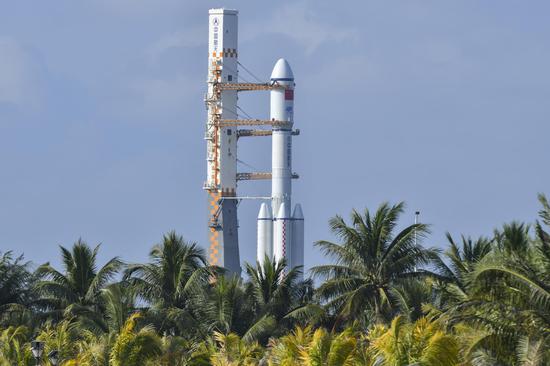





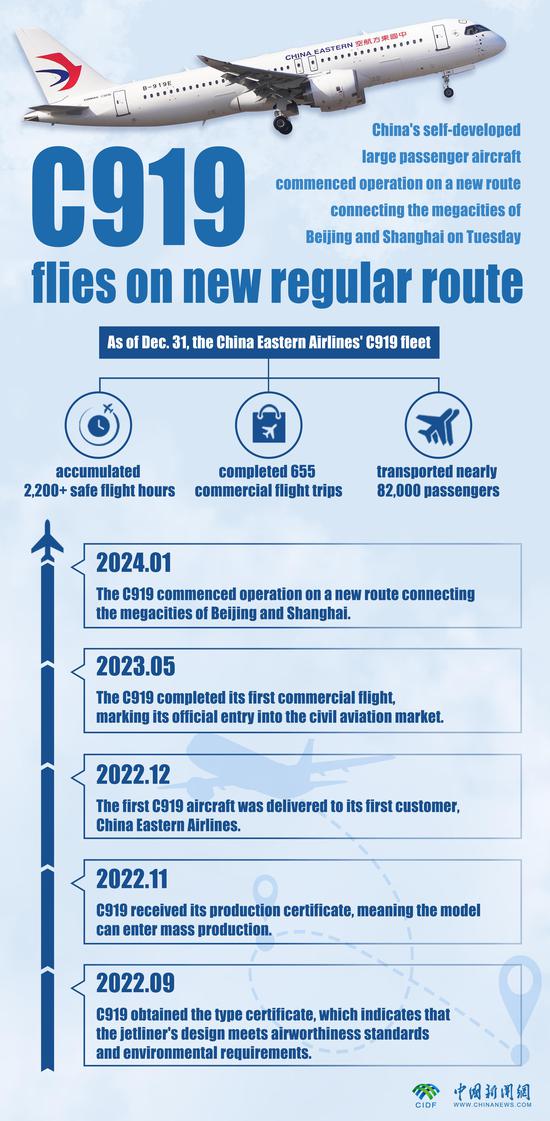






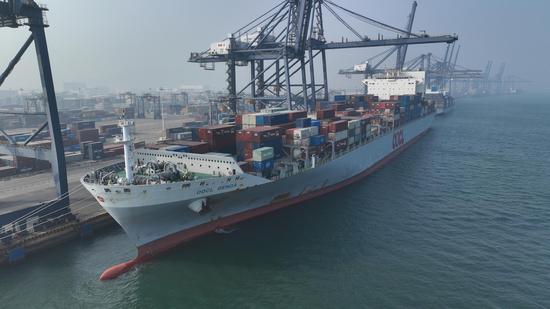


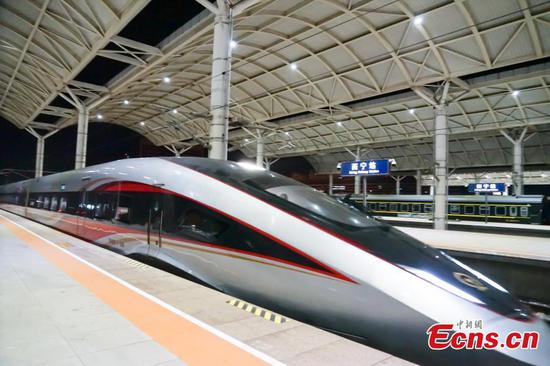



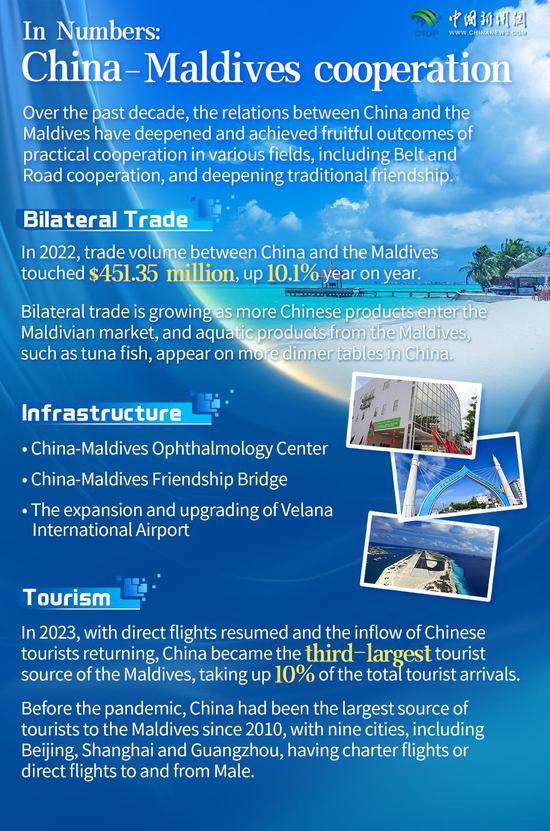
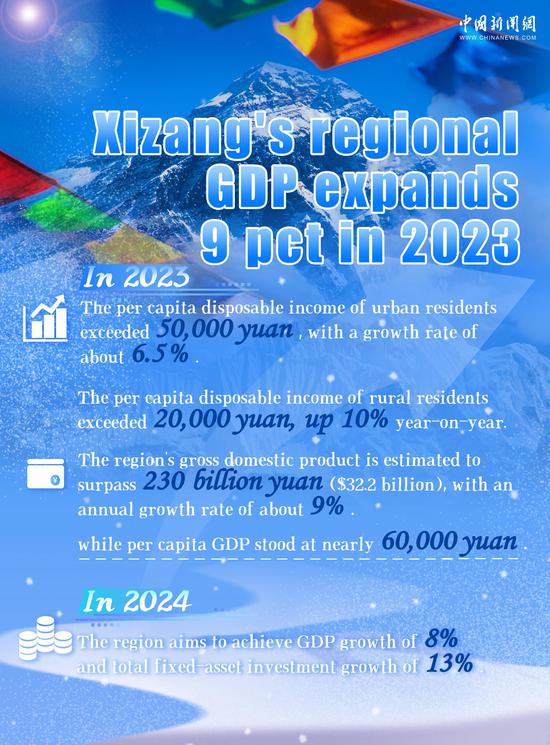

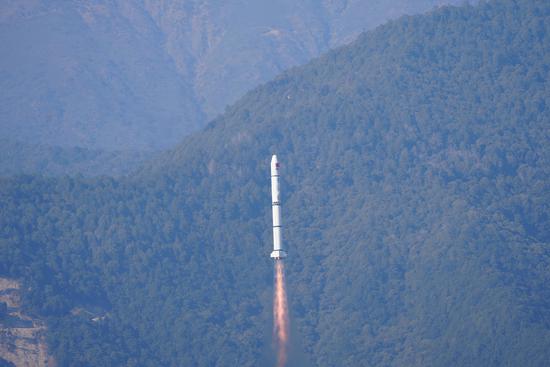
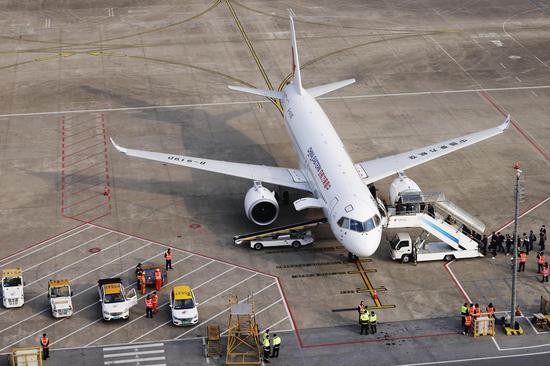


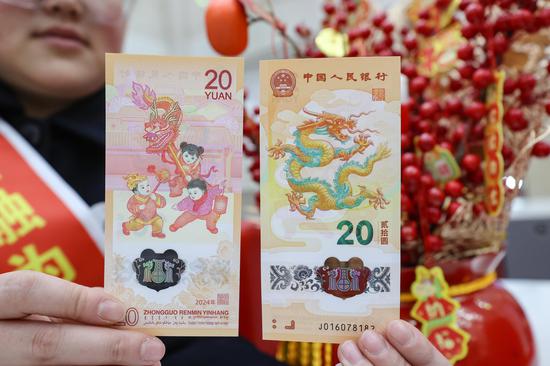
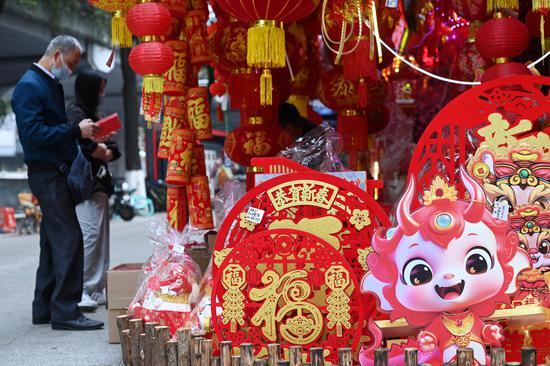




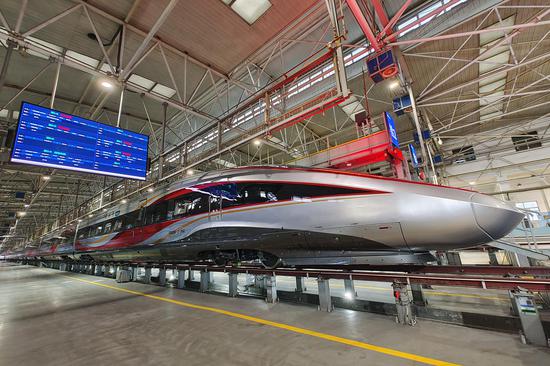








 京公网安备 11010202009201号
京公网安备 11010202009201号